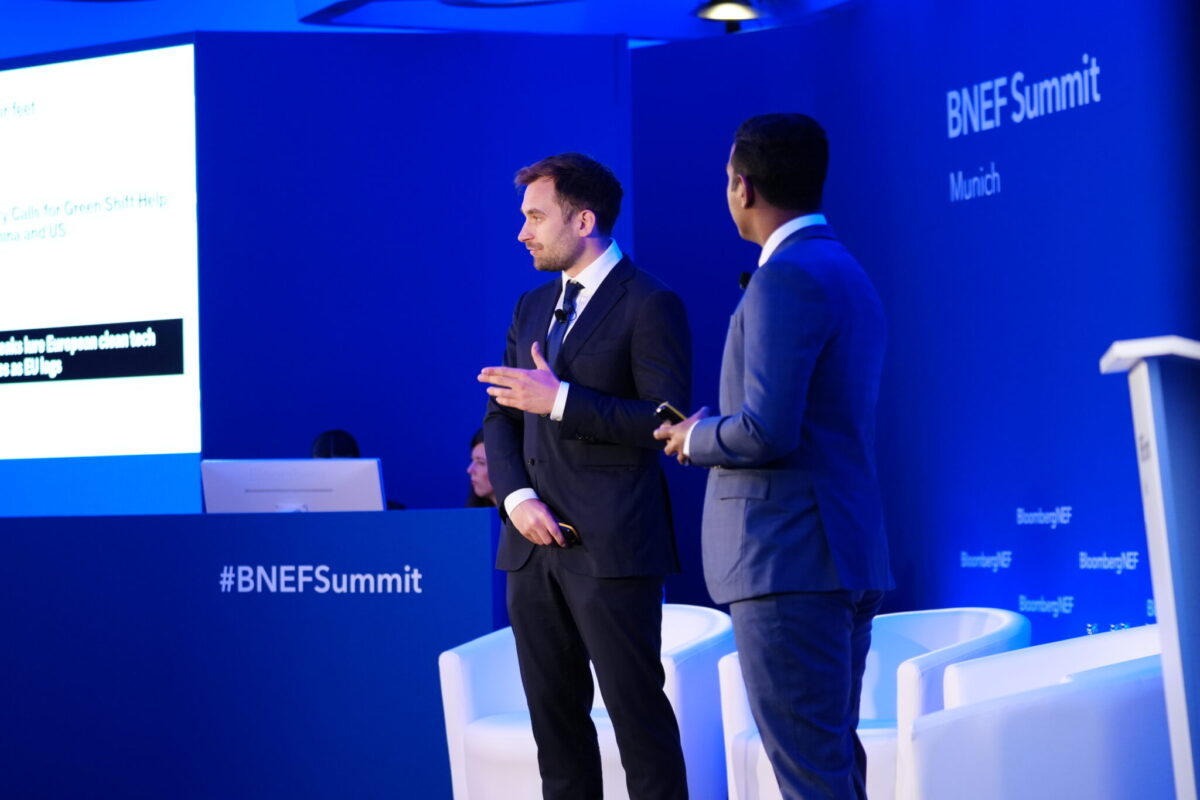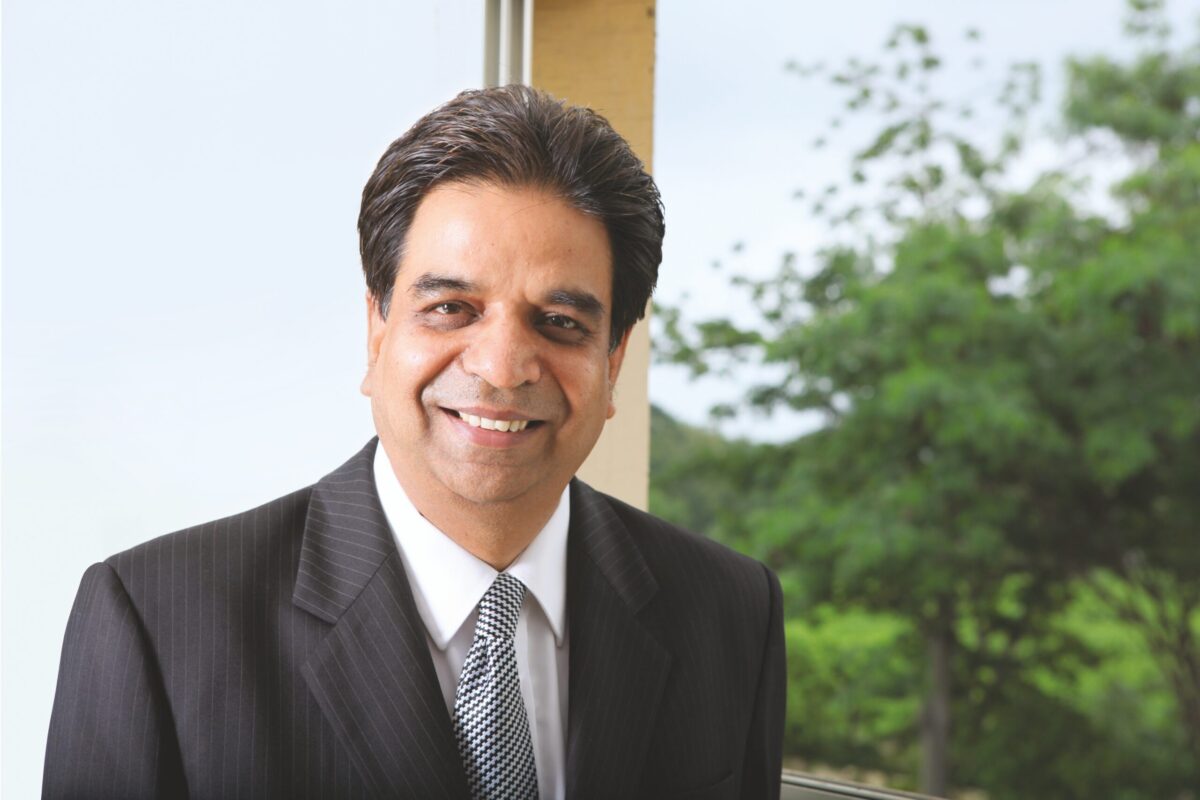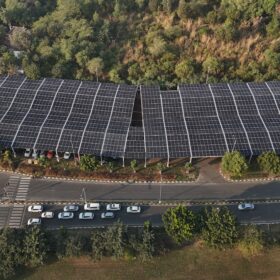“The volumes for green hydrogen is very small today,” said Kajsa Ryttberg-Wallgren, executive vice-president of H2 Green Steel, adding that the low-carbon steel is still a niche market.
Experts at the summit agreed that market segmentation is an essential process for selecting potential customers for low-carbon hydrogen or low-carbon products.
“There are some customers that don’t need to dramatically change their production systems,” said Ryttberg-Wallgren, adding that a quicker way of increasing global hydrogen demand would be to directly import higher-value products made with low-carbon hydrogen.
A significant difference among panelists was related to the best way to deal with blue hydrogen. According to Ryttberg-Wallgren, betting on the greenest options would be better. Bart Pescio, commercial director Europe at OCI, said it would be more advantageous to focus on a portfolio of hydrogen projects, including blue hydrogen.
“OCI has started marketing green ammonia, which we produce in Egypt,” said Pescio, adding that uses are minor and fragmented for now. “We targeted different value chains.”
Pescio claimed the Carbon Border Adjustment Mechanism (CBAM) will help the European Union to avoid the costs related to the energy transition. “It is a matter of time.”
Most analysts pointed the finger at legislation.
“There are some bumps on the road. Another factor is regulation and predictability of regulation,” said Werner Ponikwar, chief executive officer of thyssenkrupp Nucera, the biggest electrolyzer manufacturer in 2024. “We are still struggling with it.”
Ponikwar said that a jump in demand could cause bottlenecks in the next few years.
Different environments
Muth noted that the European 2030 hydrogen goals are not binding, and said that the European Union will most likely miss them. He claimed that the shipping sector will lead demand after the EU Emissions Trading System (EU ETS) is extended to maritime transport emissions. Similar considerations apply to the aviation sector.
For now, low-carbon hydrogen will mainly be used by refineries and in the production of steel and ammonia. But not all the prospects are bleak. According to Allen Tom Abraham, head of sustainable materials at BloombergNEF, Europe has an advantage in the private sector.
“These companies are pushing forward to reach Net Zero, despite the difficulties,” Abraham said, adding that the set of approved policies will help some European companies to remain competitive. “Carbon prices in the bloc could rise to almost €200 per ton by 2035, but CBAM will help them not lose competitiveness on a global scale.”
Antoine Vagneur-Jones, head of trade and supply chains at BloombergNEF, said that many European companies are relocating elsewhere, though.
“Where the action is really happening is across the Atlantic,” said Vagneur-Jones.
This content is protected by copyright and may not be reused. If you want to cooperate with us and would like to reuse some of our content, please contact: editors@pv-magazine.com.








By submitting this form you agree to pv magazine using your data for the purposes of publishing your comment.
Your personal data will only be disclosed or otherwise transmitted to third parties for the purposes of spam filtering or if this is necessary for technical maintenance of the website. Any other transfer to third parties will not take place unless this is justified on the basis of applicable data protection regulations or if pv magazine is legally obliged to do so.
You may revoke this consent at any time with effect for the future, in which case your personal data will be deleted immediately. Otherwise, your data will be deleted if pv magazine has processed your request or the purpose of data storage is fulfilled.
Further information on data privacy can be found in our Data Protection Policy.